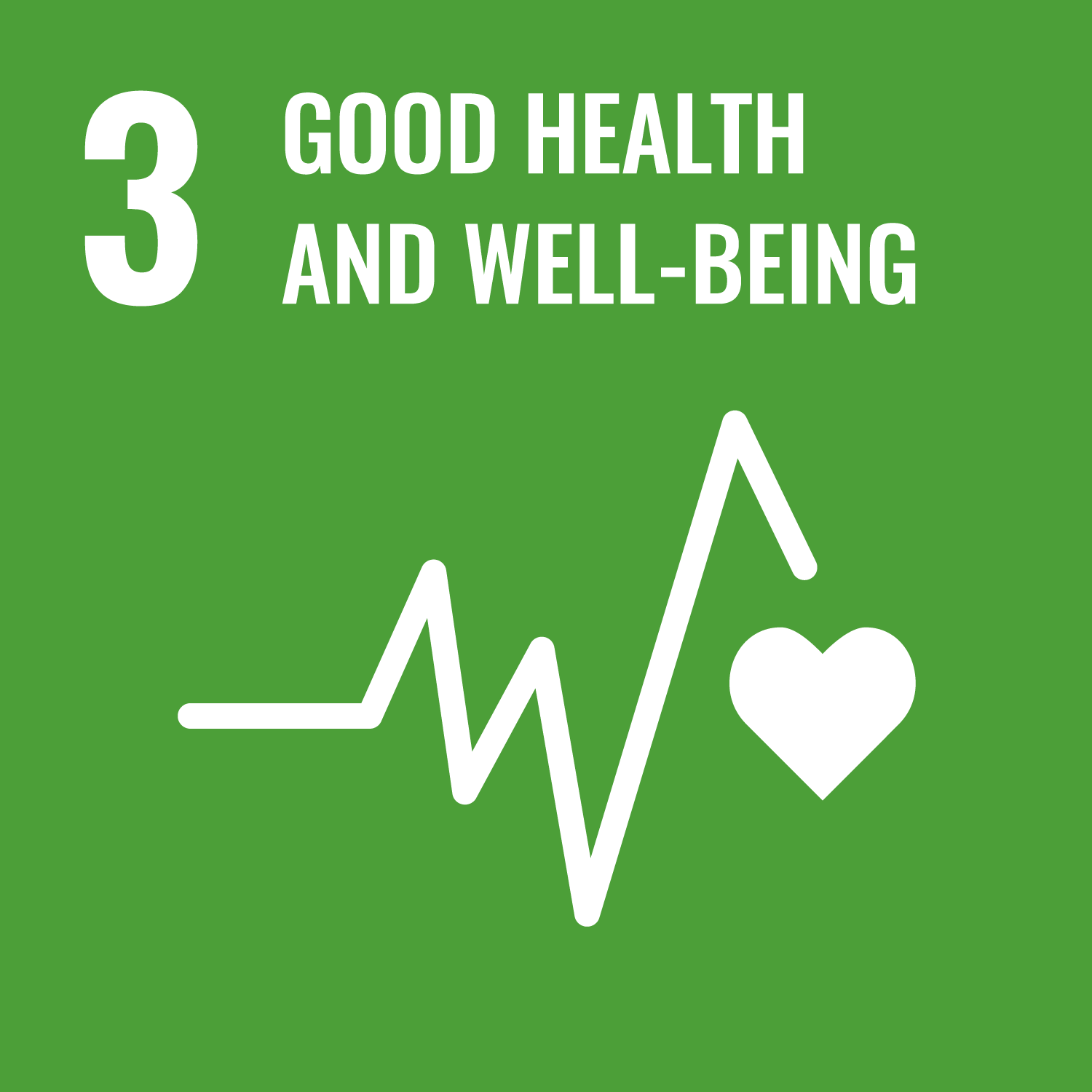ORCID
- K.J. Wyles: 0000-0003-3205-9595
Abstract
Being able to get away from everyday stressors and demands, even if close to home and just for a few minutes, is important for wellbeing. During the Covid-19 lockdown periods, people's ability to get away changed significantly. An increase in visits to nearby natural places is well documented. Little is known about other types of places people visited to get away. An online UK survey was conducted in 2020 (N = 850) investigating what places people visited to get away during the pandemic, what they did in those places, how place and activity choices were related to each other and to demographic variables, and to recalled hedonic and eudaimonic wellbeing during those visits. Participants visited a rich array of places and engaged in a variety of activities that supported their hedonic and eudaimonic wellbeing needs. Responses were grouped into four types of places (at home outdoors, at home indoors, away from home outdoors, and away from home indoors) and seven activity types (cognitive, walks, nature engagement, social activities, technology use, relaxing, and exercise). Place and activity choices were strongly linked. Visiting outdoor places was most beneficial for wellbeing (and most common), especially when it involved mindful engagement with nature (bird watching, gardening) or exercise. Staying indoors, engaging with technologies (computers, television) was least beneficial and more common among those with no degree or job, living in urban areas, and identifying as male. The findings demonstrate the importance of understanding place-activity interactions to support the wellbeing benefits derived from visits to places to get away.
DOI Link
Publication Date
2024-01-01
Publication Title
Landscape and Urban Planning
Volume
246
ISSN
0169-2046
Acceptance Date
2024-02-07
Deposit Date
2024-09-27
Funding
The research that this paper is based upon is funded by UKRI under Ideas to Address COVID-19 grant call. Nature Engagement and Wellbeing Pre-, During and Post Covid-19: Supporting the UK (Green) Recovery. Grant number ES/V005464/1. ☆ The research that this paper is based upon is funded by UKRI under Ideas to Address COVID-19 grant call. Nature Engagement and Wellbeing Pre-, During and Post Covid-19: Supporting the UK (Green) Recovery. Grant number ES/V005464/1.
Additional Links
Keywords
Activities, Being away, Covid19, Outdoor, Place, Restorative environment, Wellbeing
Recommended Citation
Gatersleben, B., White, E., Wyles, K., Golding, S., Murrell, G., Scarles, C., Xu, T., Brockett, B., & Willis, C. (2024) 'Everyday places to get away – Lessons learned from Covid-19 lockdowns', Landscape and Urban Planning, 246. Available at: 10.1016/j.landurbplan.2024.105026


